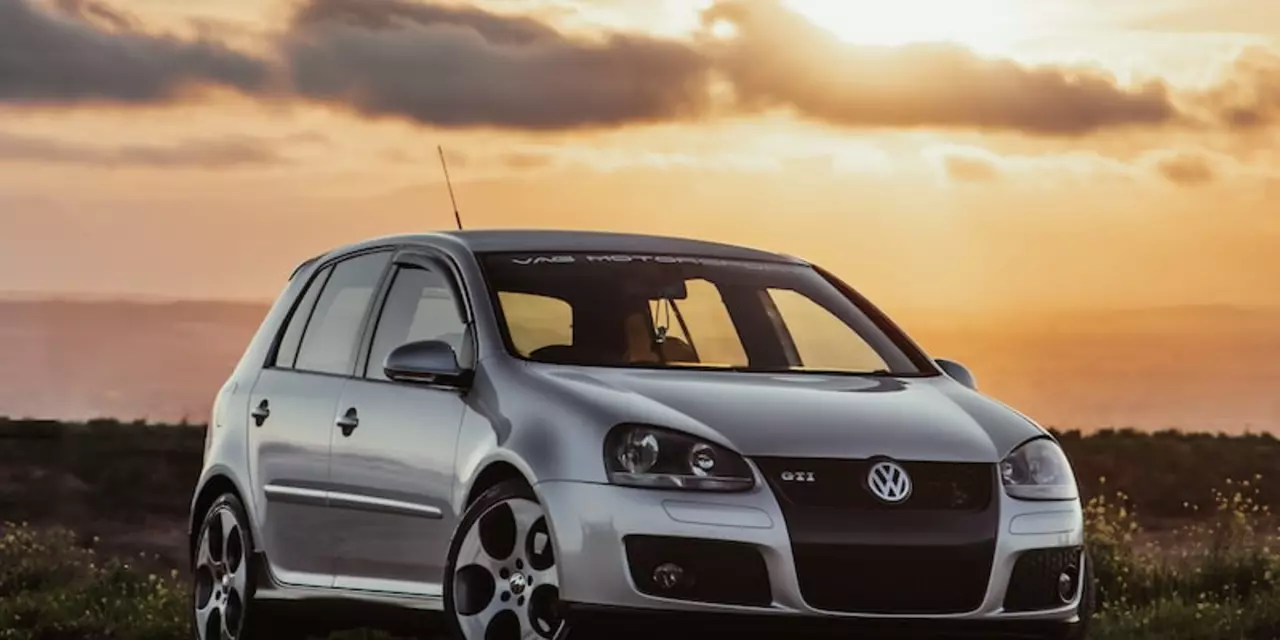Automotive Rally Tips & Car Insights
If you love the roar of engines and the smell of mud, you’re in the right place. This page pulls together the best automotive advice from our rally posts so you can get faster, safer, and more fun on any course.
Off‑road Basics
Rally cars are built to handle gravel, snow, mud and even desert sand. Unlike a normal sedan, a rally car has a reinforced chassis, 4‑wheel drive (or a carefully tuned FWD) and a high‑clearance suspension that lets the wheels stay planted on rough ground. The extra weight over the drive wheels gives better traction, especially on loose surfaces.
Many drivers wonder if a front‑wheel‑drive (FWD) car can compete. The answer is yes, but only in the right conditions. FWD offers predictable handling and good pull on dry tarmac, yet it may slide on loose gravel where a rear‑wheel‑drive (RWD) or all‑wheel‑drive (4WD) has the edge. Choose the drivetrain that matches the terrain you expect.
Driver & Co‑pilot Techniques
One of the most distinctive tools in a rally driver’s kit is the handbrake. Pulling the handbrake locks the rear wheels, letting the car rotate sharply around tight corners. Mastering handbrake timing can shave seconds off a stage and keep the car stable on slippery sections.
The co‑pilot, also called the navigator, reads pace notes that describe every turn, jump and hazard ahead. Those notes come from a pre‑run where the driver and co‑pilot drive the route at normal speed and write down the details. During the race, the co‑pilot calls out the notes in real time, letting the driver focus on the car’s behavior.
Rally drivers also use two sticks: the gear lever and the handbrake. Switching gears quickly keeps the engine in its power band, while the handbrake helps with slide‑overs and hill‑starts. Practicing smooth shifts and precise handbrake pulls builds confidence on any surface.
Thinking about getting into rally yourself? Start by joining a local club, watching events, and finding a mentor. Teens can begin with ride‑alongs, karting on mixed surfaces, or even a basic off‑road license. Safety gear—helmet, fire‑resistant suit, and harness—is non‑negotiable from day one.
Simulators are another great shortcut. A realistic dirt‑rally sim lets you experiment with car setups, braking points, and cornering lines without risking a real car. The muscle memory you build transfers to the real world, especially when it comes to reading terrain changes and reacting fast.
History buffs might recall the infamous Group B cars of the 1980s. Those beasts were ultra‑light, turbo‑charged monsters that could hit insane speeds, but they also proved deadly. After several fatal crashes, the FIA banned the class and introduced stricter safety standards. The lesson? Speed is exciting, but safety always wins.
How fast do rally cars really go? On narrow, twisty stages they average around 80‑120 mph, but on open gravel they can top out at 130‑180 mph in short bursts. Modern rally cars balance raw power with advanced aerodynamics and roll cages to keep drivers safe at those numbers.
Whether you’re a fan, a new driver, or a seasoned pro, the automotive rally world offers something for everyone. Keep learning, practice the basics, and respect the road—your next adrenaline‑filled adventure is just around the bend.

Why are dirt rally racing cars always hatchback?
Dirt rally racing is a type of motorsport that involves driving cars on unpaved roads. Hatchback cars are the most popular choice for this type of racing because of their superior handling, traction, and maneuverability. They also have a low center of gravity and are lightweight, making them ideal for navigating difficult terrain. Additionally, hatchbacks have a wide range of engine sizes and are easy to modify and tune for better performance. Their affordability and accessibility also make them a great choice for dirt rally racing.